

The Impact of Autonomous Vehicles on the Industry: A Global Perspective
How Self-Driving Cars Are Reshaping Transportation Worldwide
Introduction
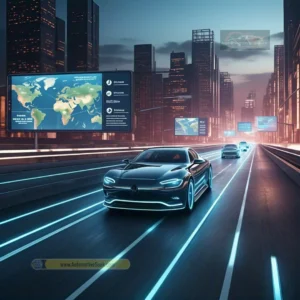
Imagine a world where traffic jams vanish, delivery trucks drive themselves, and ride-hailing services operate without drivers. Autonomous vehicles (AVs) are no longer science fiction—they’re a global reality in the making. According to industry analysts, the AV market could surpass $400 billion by 2030, revolutionizing logistics, urban planning, and even healthcare. But what does this mean for economies, jobs, and societies worldwide? Let’s dive in
Technological Advancements Driving Change

AI and Sensor Innovations
From Tesla’s Full Self-Driving (FSD) software to Waymo’s Level 4 autonomous taxis, breakthroughs in artificial intelligence are accelerating AV adoption. Key innovations include:
• LiDAR and Radar Systems: Once prohibitively expensive, sensor costs have dropped by 98% in the last decade, enabling mass production.
• 360° Cameras: These provide real-time obstacle detection, even in complex urban environments.
Economic Impacts: Winners and Losers
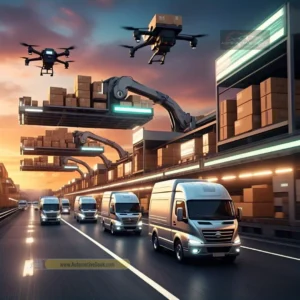
Disrupted Industries
• Logistics and Trucking: Autonomous trucks could handle 70% of global freight by 2035, slashing delivery costs but displacing millions of drivers.
• Insurance: Crash liability may shift from drivers to manufacturers, upending traditional insurance models.
Emerging Opportunities
• New Job Markets: Demand for AV software engineers, remote fleet operators, and AI ethicists is skyrocketing.
• Last-Mile Delivery: Autonomous drones and robots could redefine e-commerce logistics.
Safety and Ethical Challenges

Safety vs. Human Error
Human error causes 94% of road accidents globally. AVs, with their lightning-fast reaction times, could reduce crashes by 90%. However, challenges remain:
• Sensor Limitations: Heavy rain, snow, and fog still challenge AV systems.
• Cybersecurity Risks: Hackers could exploit vulnerabilities in connected vehicles.
The Ethical Dilemma
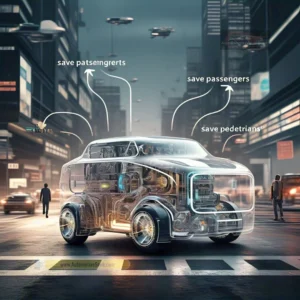
Who should an AV prioritize in an unavoidable accident—passengers or pedestrians? Projects like the Moral Machine study reveal stark ethical divides across cultures, complicating global regulatory frameworks.
The Road Ahead: Predictions for 2030
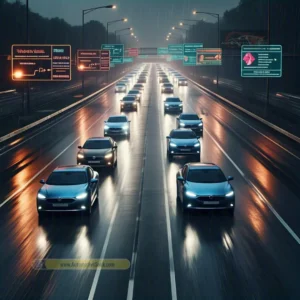
Adoption Timelines
• 2025: Robo-taxis dominate ride-hailing in tech-forward cities.
• 2030: Consumer AVs enter mass production, priced competitively with traditional cars.
Regulatory Hurdles
• Divergent Policies: Some regions embrace strict safety standards, while others adopt fragmented regulations.
• Data Privacy Laws: AVs generate terabytes of data daily, raising concerns about user privacy and ownership.
FAQs
Q: Will autonomous vehicles reduce traffic congestion?
A: Yes! “Platooning”—AVs driving in sync—could boost highway capacity by 500%, according to transportation studies.
Q: How do self-driving cars handle extreme weather?
A: Snow and heavy rain remain challenges, but companies are testing advanced “weather mode” sensors to improve reliability.
Conclusion
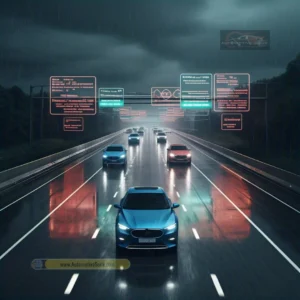
Autonomous vehicles promise safer roads, greener cities, and unprecedented efficiency. Yet their global rollout demands careful navigation of ethical, economic, and regulatory hurdles. Staying informed is critical for businesses, policymakers, and consumers alike.
Recommended Reads:
Add a comment Cancel reply
You must be logged in to post a comment.
Categories
- Automotive (41)
- Car News (41)
- Car Reviews (35)
Recent Posts
About us

Sushil L D
Blog Editor
“Guiding our automotive insights, Sushil delves into the world of cars with an unwavering passion. Through the twists and turns of the industry, their words drive the engine of knowledge and enthusiasm.”
Popular Tags
#2023MitsubishiPajero
#AdventureAwaits
#AutomotiveSouk
#CadillacEscalade
#electricvehicles
#EVs
#EVtrends
#LandRoverDefender
#LimitedNightEdition
#LuxuryOnWheels AdvancedSafetyFeatures
#MitsubishiPajero2023
#OffRoadDreams
#PajeroSport2023
#PowerAndComfort
#PremiumPerformance
#RAM1500
#RuggedStyle
#SafetyFirst
#ToyotaLandCruiserTXR6X6
4x4
2023BMW740i
2023QX60
AutomotiveSouk
BlackMountainGladiator
BMWX5xDrive40i
CarMaintenance
ComfortAndConvenience
ElevateYourDrive
InfinitiQX60
JeepWrangler
JeepWranglerRubicon
JeepWranglerUnlimited
LuxurySUV
OffRoad
OilChange
PowerfulPerformance
PremiumDrivingExperience
QX60Luxury
RubiconV6
StylishAndSafe
suv
SyntheticOil
UnleashTheBeast
VermillionEdition
WranglerRubicon
Related posts

May 14, 2025
Visualize yourself driving along a busy road when your car suddenly falters and dies. You’re stuck, missing a...

2025 RAM 1500 Limited Night 3.0L: Power, Luxury, and Style Redefined
Sushil
April 21, 2025
Image Courtesy of Ram Trucks The 2025 RAM 1500 Limited Night 3.0L is a game-changer in the full-size...

Car Safety Features: What You Need to Know
Sushil
March 2, 2025
Empowering you to make informed decisions when purchasing a vehicle by understanding essential car safety features Airbags: Your...

DIY Car Hacks to Save Time & Money
Sushil
February 15, 2025
Table of Contents Keep Your Car Running Smoothly Without Breaking the Bank Introduction Let’s face it: car repairs...







